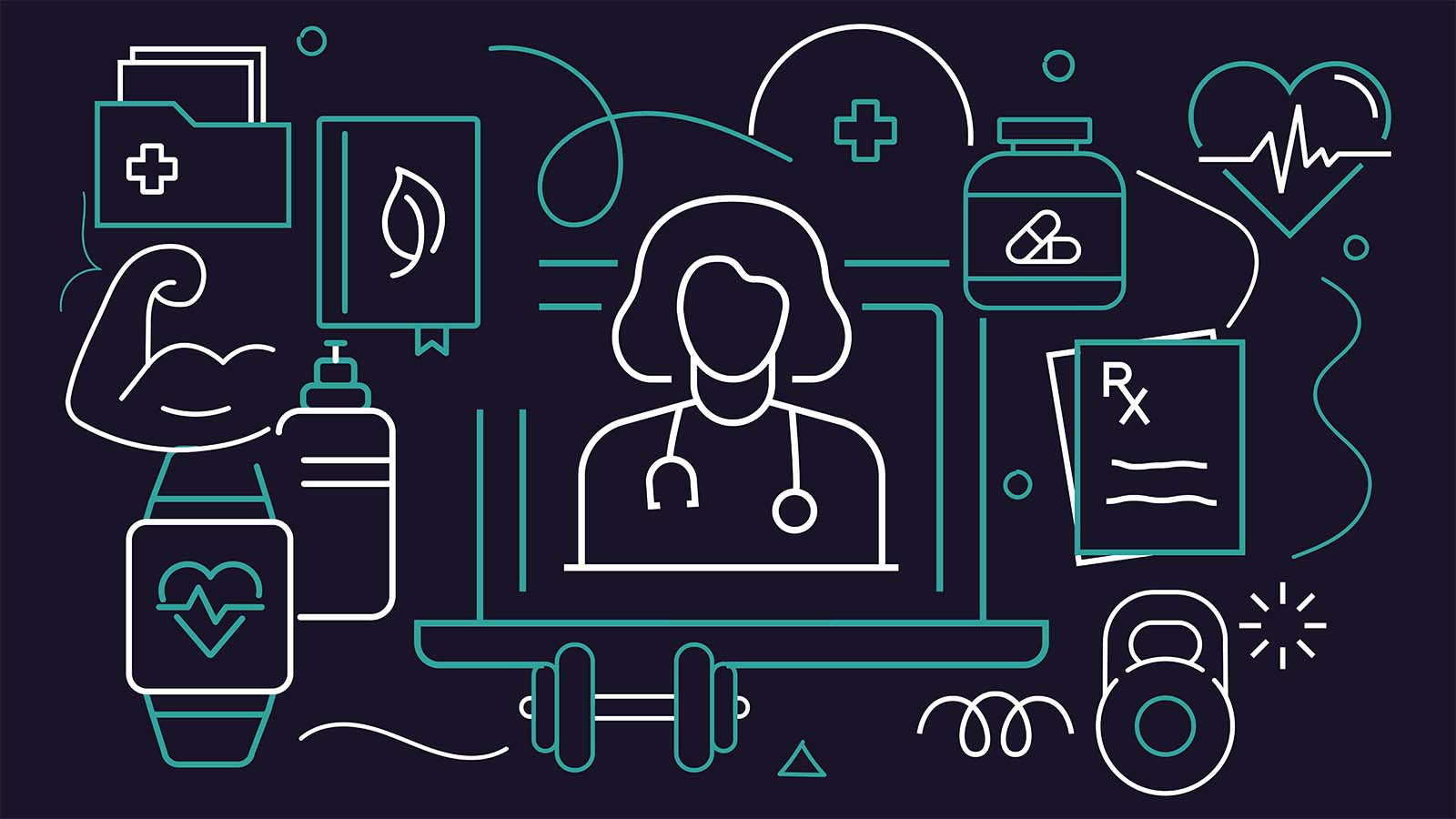This was written in collaboration with Chelsea Gallagher.
The clinical trial market size was estimated to be $120.97 billion in 2024 and is projected to grow at a compound annual growth rate (CAGR) of 4.3% from 2024 to 2034. On average, a clinical trial spans approximately 10 years from initiation to closure.
Throughout the extensive process, companies encounter numerous challenges that can lead to increased trial cycle times and costs, including trial complexity, data quality and management and lengthy clinical document preparation. The technology is now in such a state where this latter challenge can be addressed to reduce its negative impact on trials significantly and get treatment into patient hands faster.
Automating clinical trial document authoring can:
- Significantly reduce trial startup times, facilitating faster drug development and approval processes
- Enhance operational efficiency by minimizing manual efforts and reducing associated costs
- Lead to higher-quality regulatory documents, ensuring better compliance with regulatory standards
- Decrease the average number of amendments and contract versions generated during the trial process while also ensuring documents are automatically updated in response to changes in source documents or systems
Optimizing clinical document automation: A strategic approach for sponsors
Numerous clinical documents share common elements, such as objectives and endpoints, which are found in formats such as synopsis, protocols, risk assessment tools and site monitoring plans. Achieving consistency is paramount.
A thorough analysis of common data elements should be integrated into standard operating procedures (SOPs) to ensure regulatory-grade quality. Additionally, expertise in knowledge management is essential for conducting comprehensive document assessments.
Clinical documents, plans and systems are interlinked through upstream and downstream connections (document-to-document, document-to-system and system-to-document), creating a complex network map. The initial step in automation involves developing a process network map that illustrates the data flow between various documents and systems, while also mapping the common data elements that traverse these connections.
Integration with upstream systems and clinical trial documents
For effective automation, it is essential that the solution can pull information from both upstream systems and documents. A digital source of truth, particularly in protocol design, then becomes highly beneficial. This enables consistent data usage across all downstream documents and reduces the likelihood of errors.
Prioritization for automation: An agile approach for maximum ROI
While automating individual documents may yield some savings in authoring efforts, the most substantial benefits in clinical cycle time reduction can be realized by automating sets of documents in a phased, agile approach. The choice of documents to be automated in each wave significantly influences the ROI achieved at the end of that wave.
Identifying those documents though is a challenge, and is greatly benefited by a framework. By creating frameworks for clients, we’ve found it possible to leverage automation to reduce cycle time by up to three months (assessing between 60 and 90 documents). An example of how this works: We developed a framework for a client that evaluated critical metrics, including estimated time savings from automating each document, the downstream dependencies of documents within the network effect, the frequency of document generation and the complexity involved in automation.
By taking an agile, iterative approach to document automation, organizations can continuously refine the process, optimize savings and ROI, and establish a sustainable automation program.
While numerous solutions exist in the market for authoring various components of study and vendor documents, sponsors are moving toward custom build solutions. Moreover, existing market offerings tend to focus on automating individual documents rather than addressing the broader ecosystem of document types collectively.
Classifying clinical trial documents for automation
In clinical trials, different documents require varying levels of technical capabilities for authoring and automation, based on their complexity and the nature of content. For instance, consider a straightforward document like a statement of work (SOW) versus a more complex document, such as a clinical study report (CSR). While the SOW may follow a standardized format that can be easily templatized, the CSR may involve intricate data analysis and synthesis, requiring a more sophisticated approach for automation. Therefore, a key step in implementing an effective automation strategy is to classify these documents into levels, representing different archetypes of automation complexity.
Here we categorize documents into three archetypes based on varying levels of complexities and capabilities needed:
Archetype 1: Ontologies with templatized content generation
Examples: SOWs
Documents at this level are typically structured and follow predefined templates. Structured content authoring (SCA) techniques can be generally employed to automate these documents. In SCA, content is created in a format that is both easy to manage and reusable. By breaking down content into smaller modules tagged with metadata, these chunks can be reused across different documents, ensuring consistency and reducing redundancy. For instance, when drafting SOWs, key sections such as project objectives, scope and deliverables often follow a standardized format.
Automation can streamline this process by using previously authored content from historical trials, ensuring that the format and information remain consistent across different versions of the document.
Additionally, the automation capability has to be interoperable, allowing for a seamless digital flow of information between different documents based on the section mapping. For example, data from an initial clinical trial protocol could be automatically integrated into subsequent trial documents like SOWs, reducing the risk of manual data entry errors.
Archetype 2: Ontologies with gen AI-driven summarization and synthesis
Examples: Patient lay summaries
In this level, automation goes beyond templatized content. Here, gen AI-driven tools can be leveraged to synthesize and summarize large volumes of data into concise, reader-friendly formats. For example, patient lay summaries, which translate complex clinical language into more understandable terms for patients, can be generated with gen AI using upstream documents like clinical trial protocols.
A human-in-the-loop (HITL) approach further enhances this process, where human reviewers fine-tune the AI-generated content to ensure accuracy and relevance for the audience. This combination of SCA with AI-driven summarization not only speeds up the document creation process but also ensures that the content is tailored to meet downstream user needs.
Archetype 3: Gen AI-driven summarization and synthesis with inferences and reasoning
Examples: Safety profiles of drugs in CSRs
At the most advanced level, automation involves not just summarizing existing data but generating new content based on scientific or logical reasoning. This level of automation aims to mimic the thought process of a medical writer. For instance, when drafting the safety profile of a drug in a CSR, the automation solution might analyze aggregated safety data from trials and infer potential safety concerns or trends. Gen AI solutions with advanced reasoning capabilities can be leveraged here.
Other factors to ensure success of the authoring solution
Following the development of a document authoring solution, several organizational changes are essential to ensure the success of the overall authoring initiative.
Leadership commitment: A strong commitment from leadership is vital to evolve processes where ROI may be minimal. This commitment will facilitate:
- A reduction in the manual efforts required from skilled scientists in document generation
- The elimination of multiple review stages for each document, decreasing the number of handoffs between different user personas
- The integration of automation processes across documents, enabling shared learnings and the consistent application of standards and ontologies
This leadership support is crucial for effective change management across functions, promoting the successful adoption of the solution.
Governance process: Establishing a governance framework is necessary to implement appropriate changes in the authoring process. This framework will ensure the inclusion and maintenance of relevant standards and ontologies within the documents while monitoring the overall authoring solution.
Comprehensive SOPs: Detailed SOPs must be developed at the functional level for each step of the authoring process. This will enhance the translation of processes across stakeholders, ensuring clarity and consistency throughout the organization.
Using automation to bring therapies to patients faster
Automating clinical document authoring presents a transformative opportunit to enhance clinical trials efficiency. The extensive documentation required at various clinical trials stages can be a significant bottleneck, often leading to delays in bringing new therapies to market. By leveraging advanced technologies to automate the authoring process, organizations can streamline workflows, reduce human error and ultimately shorten clinical trial cycle time of partially or fully.
Moving forward, it is essential for stakeholders in the clinical research community to collaborate and invest in the development of robust automation tools that can adapt to the unique needs of clinical trials. By doing so, we can collectively work toward a future where the path from research to market is not only expedited but also more efficient and effective, ultimately benefiting patients and healthcare systems worldwide.
Chelsea Gallagher is a pharmaceutical industry veteran with over a decade of experience in developing innovative analytical solutions to quantitatively assess protocol design and predict performance and quality outcomes.
Add insights to your inbox
We’ll send you content you’ll want to read – and put to use.















